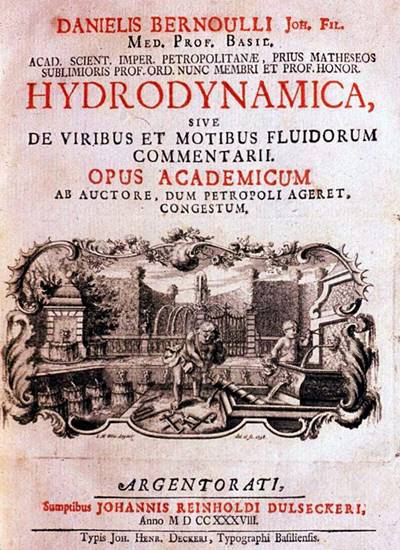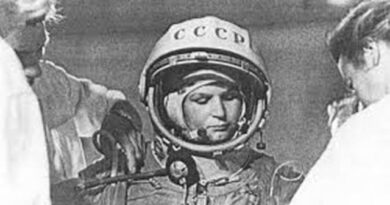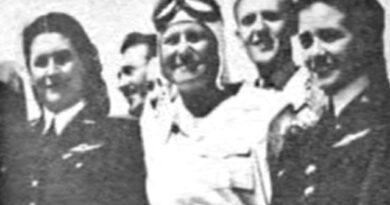Daniel Bernoulli: The Mathematician Who Made Planes Fly
The Man Behind the Magic: Daniel Bernoulli, a Swiss mathematician born in 1700, may not have built airplanes himself, but his Bernoulli principle became the cornerstone of modern aviation.
From Books to Blimps: Published in 1738, the principle states that as a fluid (like air) speeds up, its pressure decreases. This seemingly simple concept held the key to understanding lift. Airplanes weren’t invented until much later, but Bernoulli’s work laid the groundwork.
Curved Genius: Imagine an airplane wing. Its curved top forces air to travel faster, creating lower pressure above and higher pressure below. This pressure difference generates lift, pulling the plane skyward. It’s not the whole story of flight, but a crucial piece of the puzzle.
Beyond Wings: Bernoulli’s principle isn’t just for airplanes. It explains:
- Sailboats: Curved sails harness wind speed for forward thrust.
- Helicopters: Rotor blades create lift by varying pitch angle, changing airspeed.
- Ping pong balls: Spinning creates a low-pressure zone, keeping the ball afloat.

A Life of Exploration: Bernoulli, son of a renowned mathematician, followed in his father’s footsteps. He explored physics, probability, and fluid dynamics, leaving a lasting impact on various fields. His curiosity and dedication paved the way for future advancements, not just in aviation.
Legacy in the Skies: While not the sole reason for flight, Bernoulli’s principle remains a cornerstone of aviation. His work continues to:
- Guide airfoil design: Optimize lift and efficiency for modern aircraft.
- Aid performance analysis: Understand the forces at play during flight.
- Inspire future innovations: Fuel new modes of flight and exploration.
The Next Time You Fly: Remember, Daniel Bernoulli’s brilliance didn’t just take flight, it transformed our world. So, the next time you see a plane soar, thank Bernoulli for the invisible magic at work!
References and Further Reading:
- Wikipedia: https://en.wikipedia.org/wiki/Daniel_Bernoulli
- MacTutor History of Mathematics: https://kids.britannica.com/kids/article/Daniel-Bernoulli/78863/related
- Stanford Encyclopedia of Philosophy: https://plato.stanford.edu/
- NASA Glenn Research Center: https://www.grc.nasa.gov/WWW/K-12/WindTunnel/Activities/aerodynamic.htm
- SKYbrary Aviation Safety: https://m.youtube.com/watch?v=3b9xCC_vaZQ
- Khan Academy: https://www.khanacademy.org/science/physics/fluids/fluid-dynamics/v/fluids-part-12


